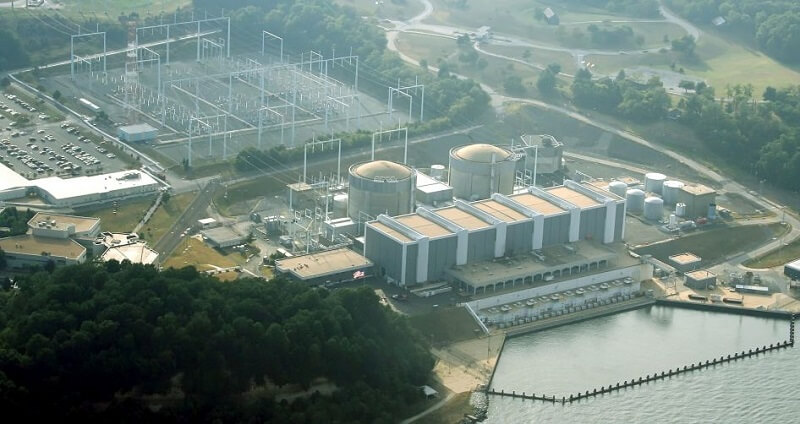Our Cheapeake Is in Danger
Our Chesapeake Bay, one of the largest estuaries in the world, is not just a crucial ecosystem but a vital part of the Mid-Atlantic region’s economy and culture. With over 3,600 species of plants and animals, including iconic species like blue crabs, oysters, and striped bass, Our Chesapeake sustains industries such as fishing, agriculture, and tourism, while providing critical ecosystem services like water filtration and wildlife habitats. Unfortunately, climate change is threatening this delicate balance, with significant environmental and socio-economic consequences.

Our Chesapeake Bay has already seen a rise in water temperatures, which have increased by about 1.546°F from 1850 to the 2020s. Even this slight shift is enough to disrupt marine life, especially species that are highly sensitive to temperature changes. The warming of Our Chesapeake has already contributed to harmful algal blooms, which degrade water quality and endanger aquatic life. Additionally, the increasing frequency of flooding and erosion is causing the rapid loss of wetlands, vital for both biodiversity and the protection of human communities. Rising sea levels only exacerbate these effects, threatening coastal areas and impacting the livelihoods of communities that depend on the Bay.
If carbon emissions had continued unchecked, Our Chesapeake could have faced an additional temperature rise of 6.84 to 11.83°F by the year 2124. Such a dramatic change would place even more stress on the Bay’s ecosystems, pushing them beyond their ability to adapt. The consequences could include further loss of biodiversity, destruction of essential habitats, and worsening water quality, undermining Our Chesapeake's role as a key resource for both the environment and the people who depend on it.
The main contributors to these changes are the same factors driving global climate change: carbon emissions, pollution, and unsustainable practices such as overfishing. The warming temperatures, combined with nutrient pollution from agricultural runoff, are harming water quality and disrupting the food web, making it harder for native species to thrive. Invasive species like blue catfish are also altering the Bay’s natural balance, making the challenges faced by native wildlife even greater.
Despite these threats, there is hope for Our Chesapeake. Legislative measures, such as Virginia’s recent climate resiliency bills, are helping to address the impacts of climate change by increasing flood protection and reducing carbon emissions. Additionally, local organizations like the Chesapeake Bay Foundation are leading efforts to restore habitats, reduce pollution, and improve the health of the Bay’s ecosystems. These efforts, alongside global actions to reduce carbon emissions, provide a path forward for Our Chesapeake and other ecosystems facing similar threats.
As individuals, there are many steps we can take to help protect Our Chesapeake and mitigate the impacts of climate change. Supporting policies that reduce carbon emissions and promote conservation is crucial. We can also make sustainable choices, like reducing our carbon footprints, supporting sustainable fisheries, and advocating for stronger environmental protections. By engaging with organizations dedicated to the Bay’s restoration, we can contribute to the ongoing efforts to safeguard this vital resource for future generations.
Protecting Our Chesapeake is not just about preserving an ecosystem—it’s about ensuring the health of our planet. The health of the Bay reflects the broader state of our environment, and the actions we take to protect it can have far-reaching impacts. With continued action, both locally and globally, we can help preserve Our Chesapeake as a thriving, sustainable resource for generations to come. The time to act is now—climate change is reshaping our world, but we still have the power to guide the future.